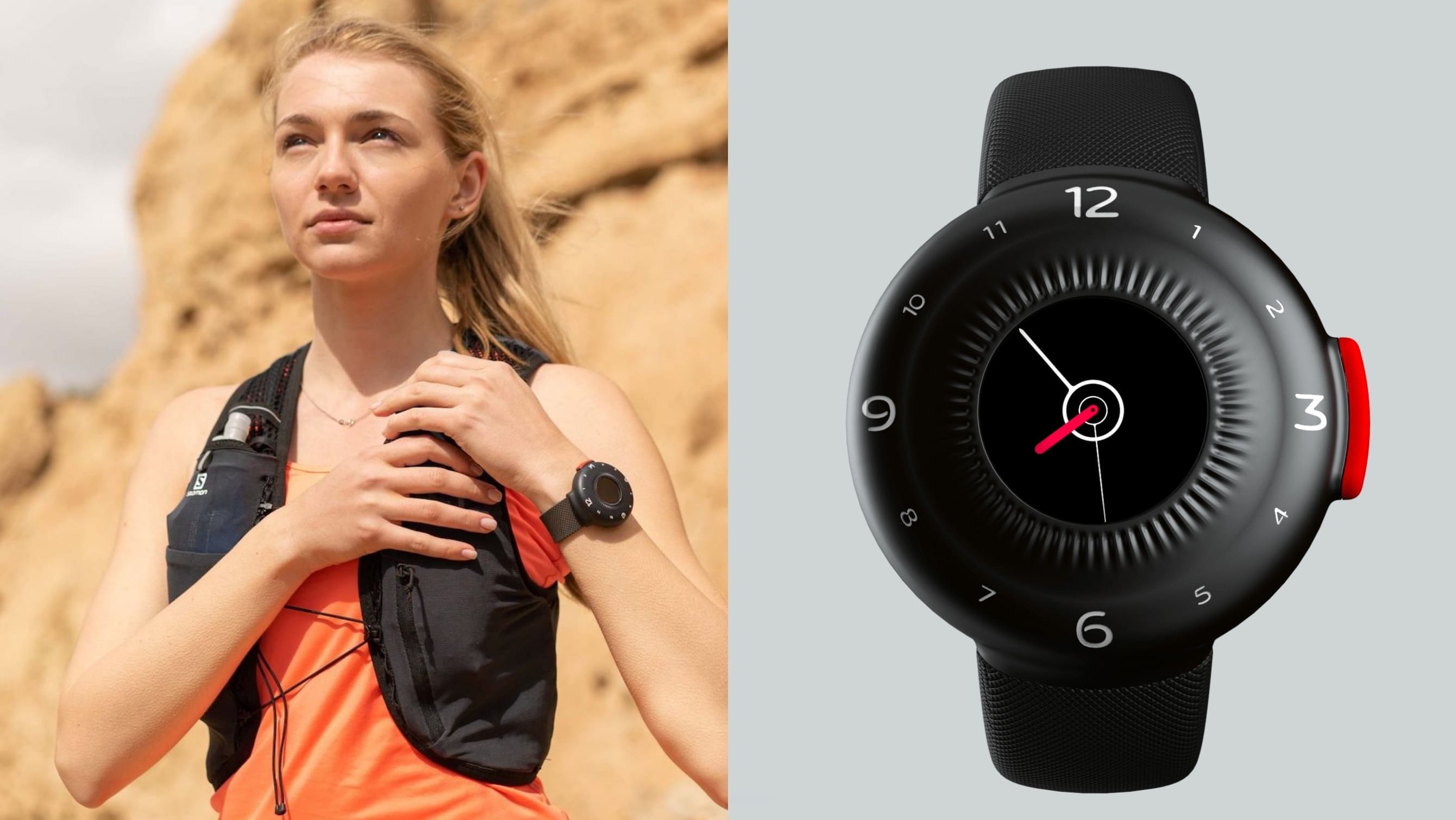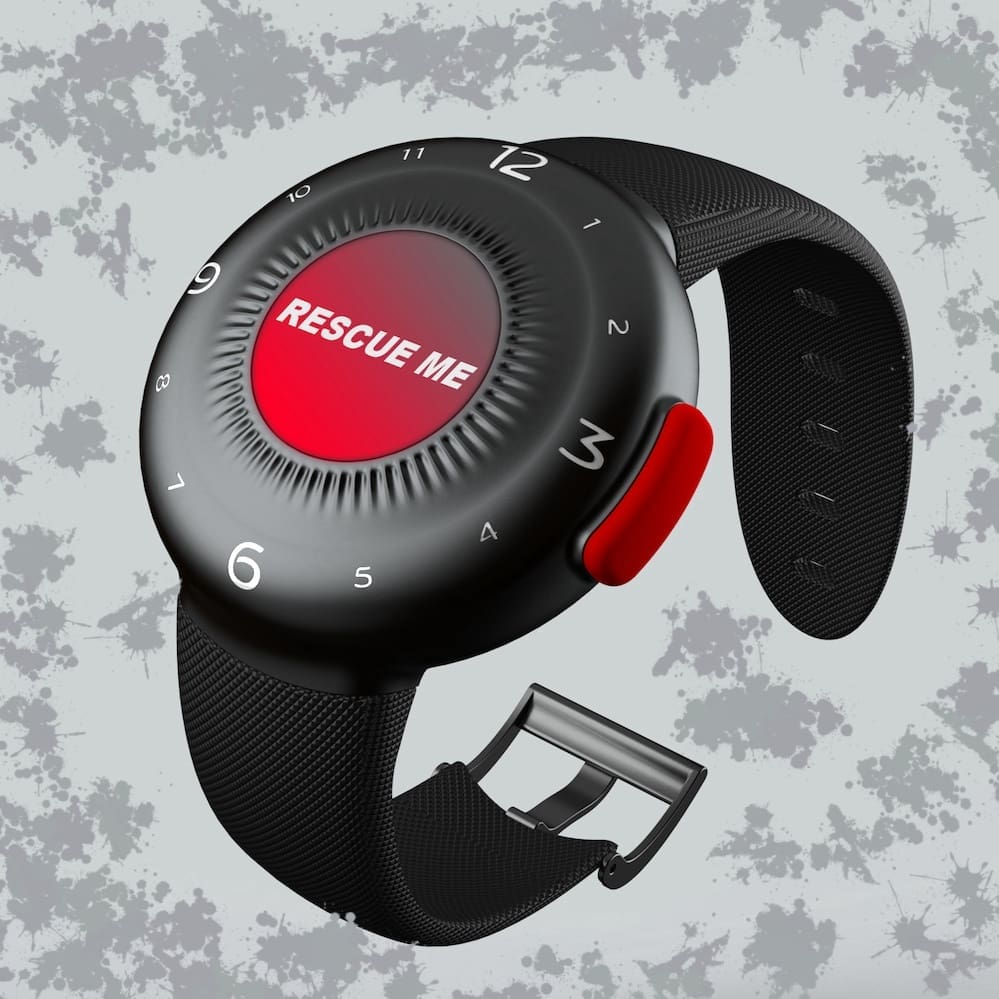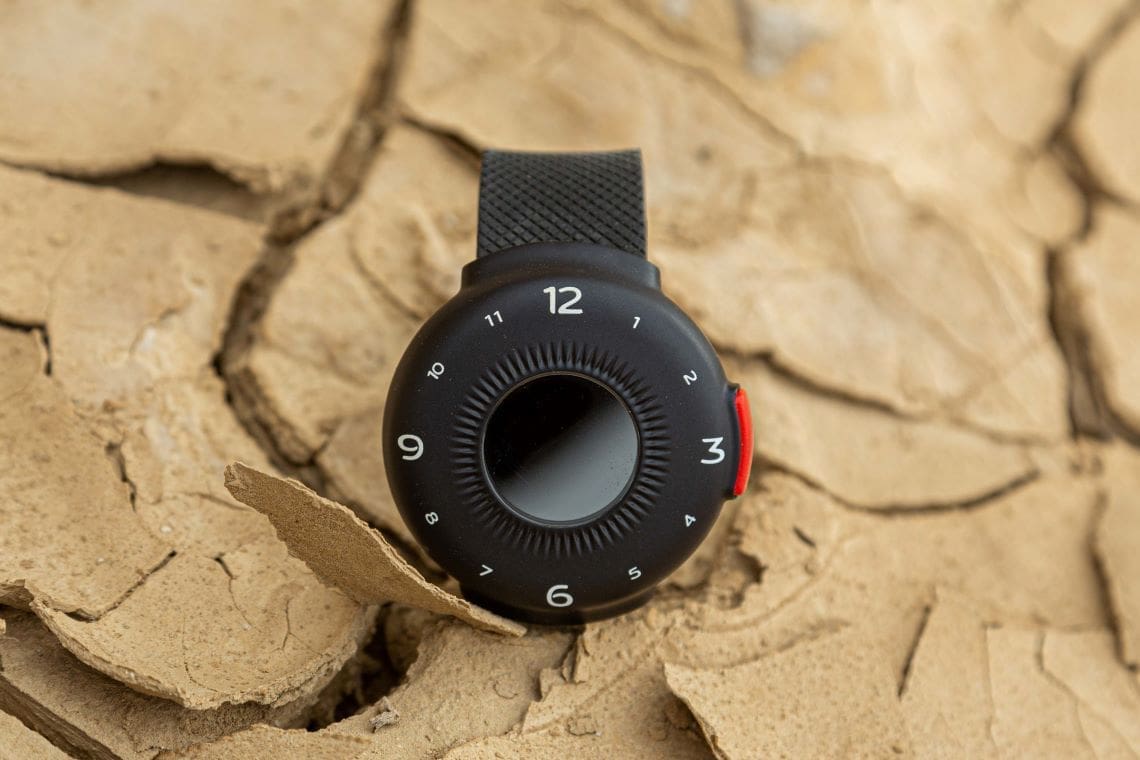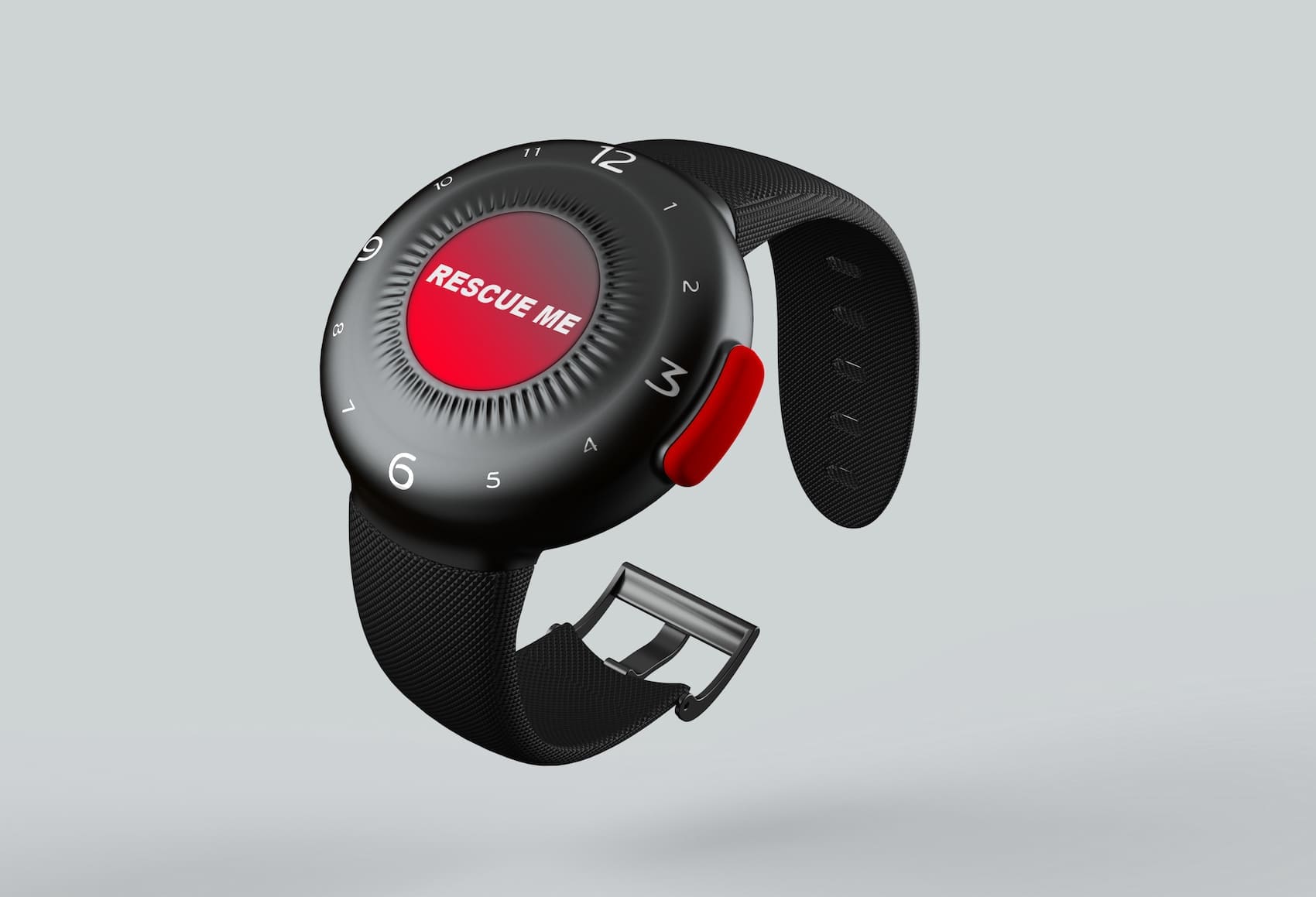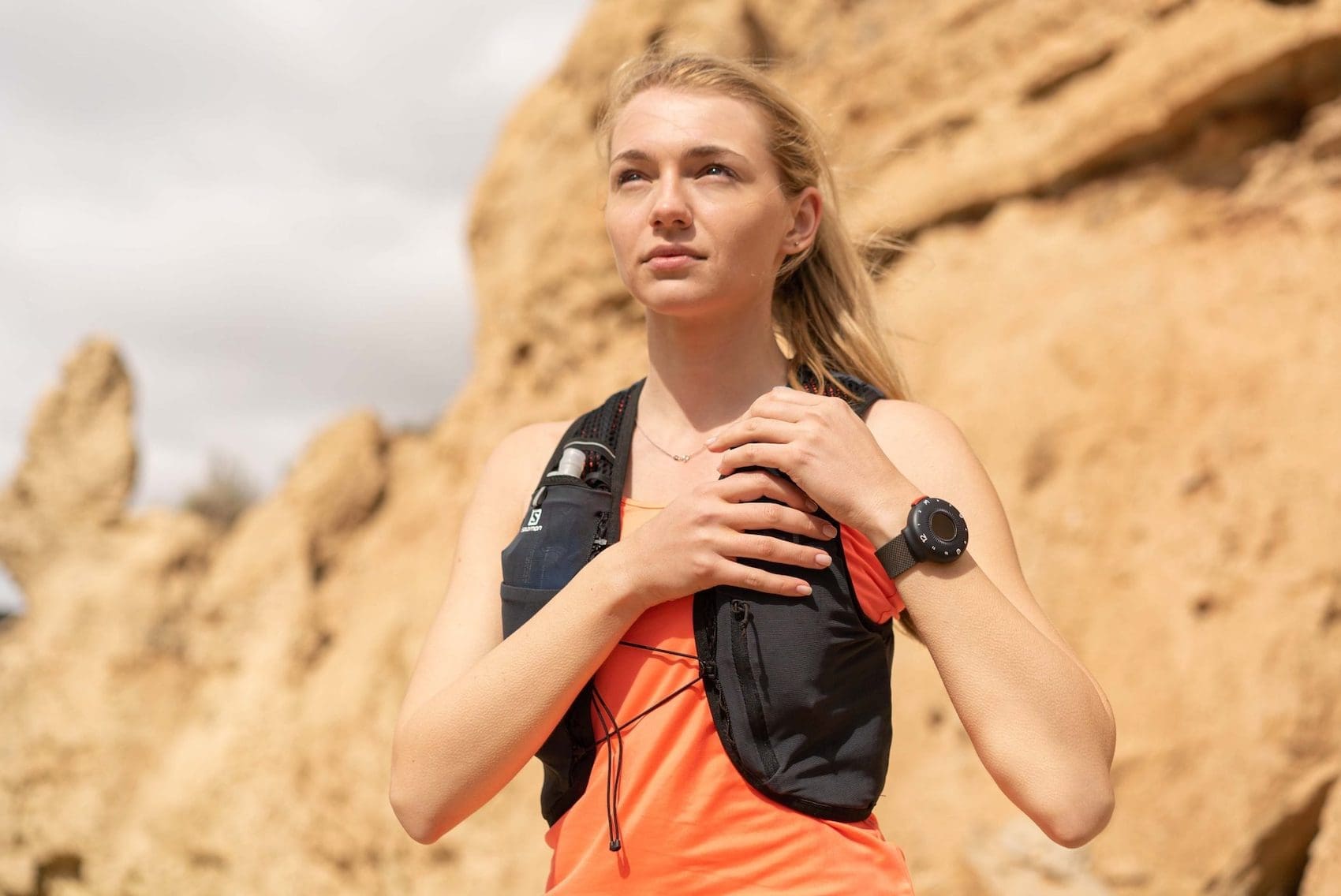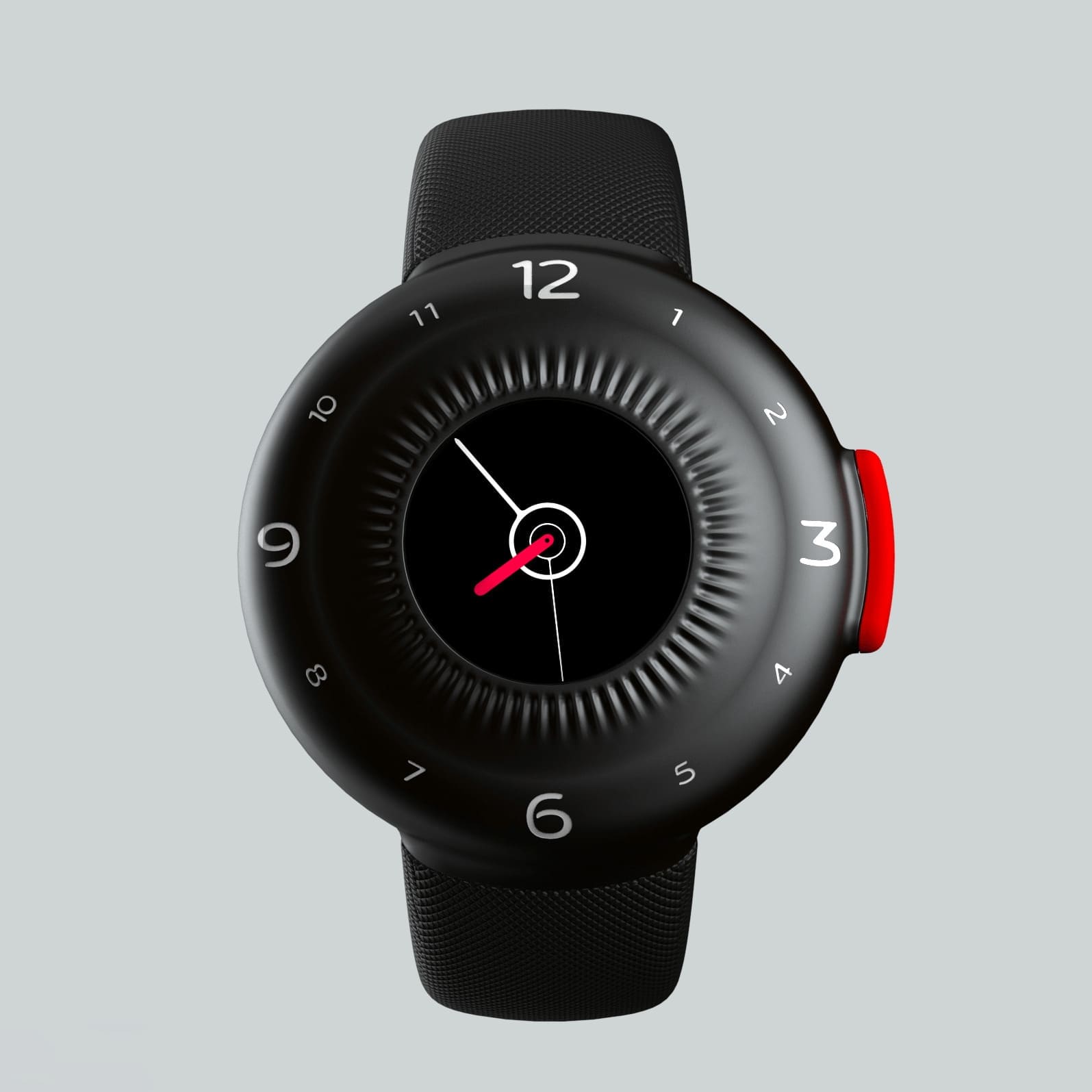The O-Boy Satellite Rescue can save your hide anywhere in the world
D.C. HannayFor those globetrotters that mainline adrenalin, seeking adventure in the most remote places on earth, the Breitling Emergency will no doubt be a familiar, if rather exclusive piece of kit. Released in 1995, it was the first timepiece with a most unique complication: a personal locator beacon.
When explorers get in over their heads, or things unexpectedly go sideways, it has been the watch to wear when you’re Well And Truly Screwed®™. When the chips are down, the wearer unscrews the dedicated crown, extends the antenna, and triggers the beacon. You can see it in action below.
The Emergency can make the claim that it’s actually saved lives with its satellite tech, and the dual frequency beacon of the current models means it’s more reliable than the original. But unless you’re a service member issued one by your military unit, a personal locator beacon watch can be pricey. The current version of the titanium Emergency starts at an eye-watering US$15,725.
With technology evolving at a blistering pace, personal locating devices are popping up at much lower price points. And yes, there are smartwatches that offer similar functionality, but when you’re beyond the reach of cell service, they require pairing with a second device that you must carry to enable satellite communication. So the all-in-one rescue watch is still a rare bird, but there’s a new offering for adventure-seekers: the O-Boy Satellite Rescue Watch. Inspired by the founder’s own “oh boy” moment (more like “oh s#*t”, but that’s a less appealing product name), the O-Boy was the result of Hadrien Dorchy finding himself stranded at sea among the Cape Verde Islands off the western coast of Africa. He was literally rudderless when the fin broke off from his windsurfing board, and it was blind luck that a boat carrying a party of divers passed by when things looked their bleakest. After years of development, the O-Boy was the result.
At first, the O-Boy looks like a funky, rounded-off fitness tracker, resembling something that might have been penned by legendary designer Marc Newson, famed for, among other things, furniture, Apple and Ikepod watches, and as the creative director of Qantas Airways. Hidden inside the chic-yet-rugged 50mm case, however, is a patented omnidirectional transmitter antenna, activated by the big red button on the right side of the case where a crown would normally be.
The O-Boy can send, depending on the sequence of button pushes from the user, three different signals to a private satellite network. According to the situation, the user can signal the following types of messages (which can be customised from the dedicated app): GetMe, which sends an SMS with the current GPS coordinates to a maximum of four contacts; RescueMe, which sends an SOS signal to the Emergency Operation Coordination Center, for dispatch of a rescue team; and TrackMe, which sends your GPS location at preset intervals to up to four contacts.
Each of those services is dependent on activation of a tiered subscription service, but the good news is that you can subscribe according to your needs through a system of credits, or by the month. In other words, you don’t need to pay for the service if you’re not planning to snowboard a glacier anytime soon. Users are also protected by up to $50,000 of insurance coverage toward the cost of rescue.
The watch-wearing experience of the O-Boy is similar to many adventure-leaning fitness trackers, with your choice of an analogue or digital display. The screen is rendered in Gorilla Glass for added durability, and the watch comes on a silicone strap for all-weather wear. The rechargeable battery should be good for seven days, with up to twenty day’s reserve available in energy-saver mode.
But the killer app is definitely the wrist-borne personal locator beacon, along with the truly democratised price point of the O-Boy, starting at US$399. One can’t help but wonder what tragedies could have been averted with the use of such an easily carried device, including the recent case of British actor (and experienced hiker) Julian Sands, who went missing on Mount Baldy in southern California this past January. Sands’ cell phone had died before rescuers could find him, but perhaps the story could have ended differently.




